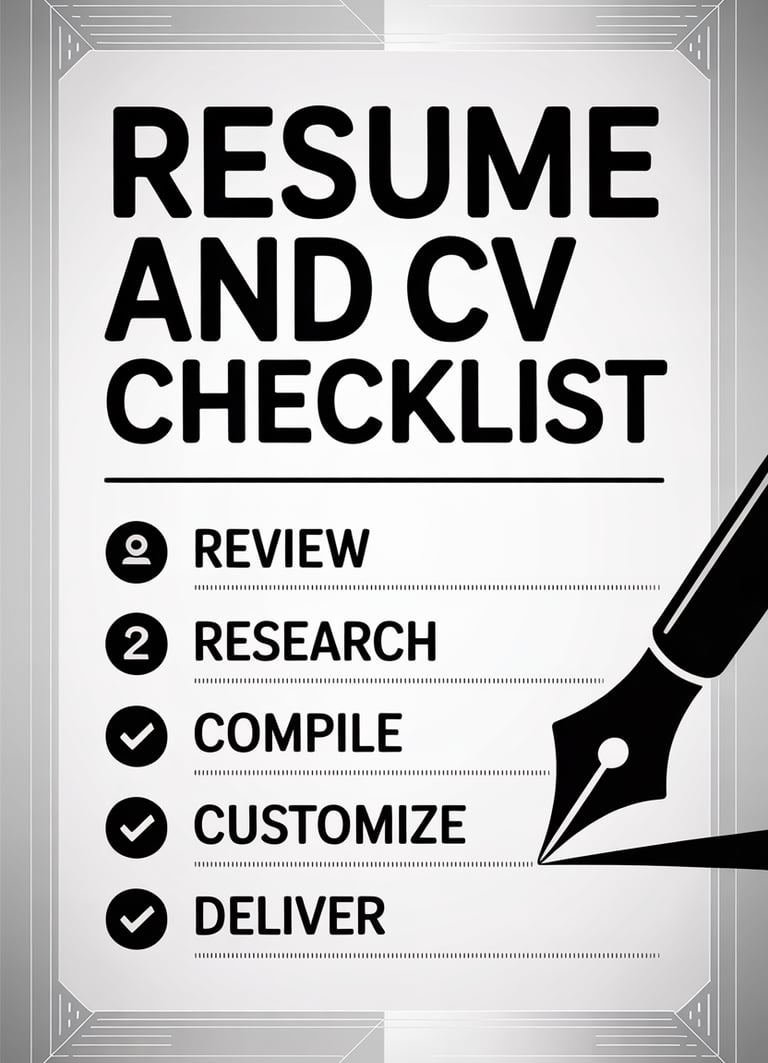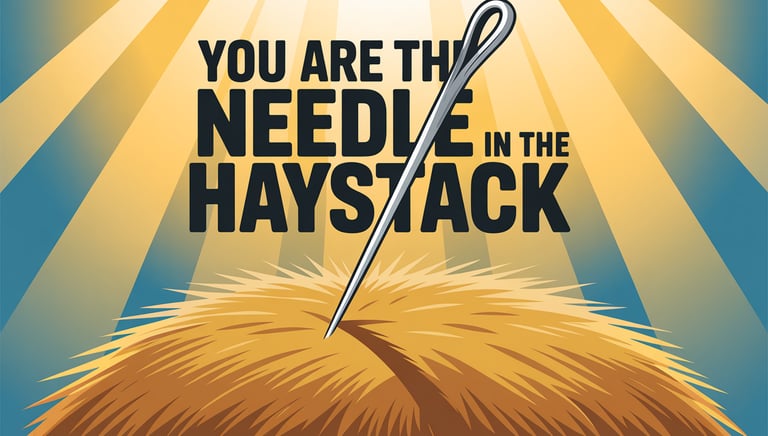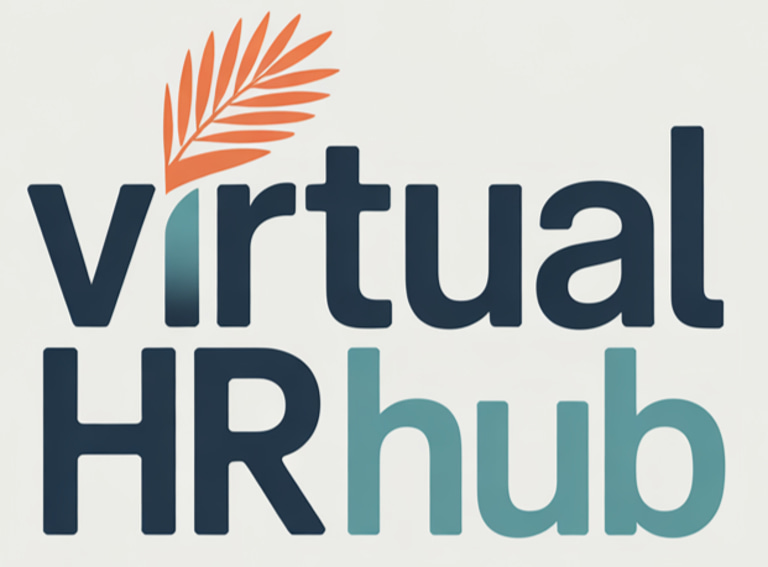Resumes that get seen.
You didn’t come this far to stop
Free revisions until it is perfect.
★★★★★


Frequently Asked Questions About Resumes: Expert Tips for Job Seekers
Crafting a standout resume is your ticket to landing interviews in today’s competitive job market. Whether you’re a seasoned professional or a first-time job seeker, your resume needs to showcase your skills, pass Applicant Tracking Systems (ATS), and tell a compelling story about your value. As a certified HR professional (SHRM-CP, CPHR) with over 10 years of experience reviewing thousands of resumes for industries like retail, tech, and hospitality, I’ve seen what works—and what doesn’t.
Take Emily, a recent college graduate who struggled to get interviews until we revamped her resume to highlight her internships and volunteer work. Or Mike, a mid-career professional who landed his dream job after showcasing his promotions clearly.
This guide answers common resume questions, from listing references to creating your first resume, with expert tips to help you shine.
Should You List References on Your Resume?
One of the most common resume questions is whether to include references. The short answer? Usually, no—unless the employer specifically requests them upfront. Your resume is your highlight reel, focusing on your skills, experience, and achievements, not your network. Including references prematurely wastes valuable space and risks exposing your contacts’ information.Imagine you’re at a job fair, handing out your polished resume. A recruiter asks, “Do you have references?” You confidently reply, “Yes, I can provide a separate list!” and share a professional document with 3-5 references ready to vouch for you. This approach keeps your resume streamlined and protects your contacts.
Pro Tips for Listing References
Ask permission before sharing a reference’s details to avoid surprises.
Include their full name, current title, company, phone number, and email for a professional presentation.
Choose references who know your work ethic, such as former supervisors, professors, or mentors.
Format the reference list to match your resume’s style for a cohesive look.
Verify contact information to ensure accuracy, as outdated details can frustrate employers.
Real-World Example
I once worked with a candidate who listed her cat sitter as a reference. While charming, it didn’t impress HR. We replaced it with her former supervisor, who highlighted her punctuality and teamwork, helping her secure an interview. According to the Society for Human Resource Management, employers typically request references later in the hiring process, so keep a separate, well-organized list ready.
How to Show Promotions on Your Resume
Showing a promotion on your resume isn’t just about bragging—it’s proof you’re a valuable asset who grows within a company.
A clear display of career progression signals reliability and ambition to employers.Consider Sarah, who started as a customer service representative at XYZ Corp and earned a promotion to team lead within two years. Instead of listing two separate companies (which could confuse recruiters), she listed one employer with stacked job titles:
XYZ Corp
Team Lead (Jan 2021 – Present)
Managed a team of 10, improving customer satisfaction scores by 15%.
Trained new hires, reducing onboarding time by 20%.
Customer Service Representative (Jan 2019 – Dec 2020)Resolved 50+ customer inquiries daily with a 95% satisfaction rate.
Collaborated with team to streamline call-handling processes.
This format clearly shows Sarah’s growth and evolving responsibilities, making her resume stand out.
Pro Tips for Showcasing Promotions
List your employer once, then stack job titles with corresponding dates.
Use bullet points to highlight increased responsibilities or key achievements.
Quantify results (e.g., “increased sales by 10%”) to make your impact concrete.
Keep descriptions concise but specific to avoid overwhelming recruiters.
Promotions demonstrate your ability to take on more responsibility, making you a top candidate for leadership roles.
How to Create a Resume for Your First Job
Writing a resume for your first job can feel like trying to write a novel with no words. But don’t worry—you don’t need years of experience to create a strong resume. The key is to focus on your potential and transferable skills.Take James, a high school senior applying for a part-time retail job.
With no formal work experience, he built a compelling resume by highlighting relevant activities:Objective: Motivated student eager to contribute strong communication and teamwork skills to a retail environment.
Relevant Experience:
Volunteer, Local Food Bank (2023 – Present): Organized inventory for 200+ weekly distributions, demonstrating reliability and attention to detail.
Captain, Varsity Soccer Team (2022 – 2024): Led team of 15, fostering collaboration and problem-solving.
Skills: Interpersonal communication, basic computer skills (Microsoft Office), multitasking.
Education: High School Diploma (Expected June 2025), Relevant Coursework: Business Studies.
James’s resume landed him a retail job because it showcased his potential, even without formal experience.Pro Tips for Your First Resume
Start with a clear objective or summary that highlights your enthusiasm and goals.
Include internships, volunteer work, school projects, or extracurricular activities as experience.
Emphasize transferable skills like communication, leadership, or time management.
Keep formatting clean with bullet points and a simple font (e.g., Arial, 11-12 pt) for ATS compatibility.
Tailor your resume to the job by matching keywords from the job description.
Employers hiring for entry-level roles value eagerness and potential over extensive experience.
Why Professional Resume Help Can Transform Your Job Search
A well-crafted resume can be the difference between landing an interview or getting lost in the applicant pile. As an HR professional with over a decade of experience, I’ve seen countless resumes—some that dazzled recruiters and others that never made it past ATS software. Common mistakes include cluttered layouts, missing keywords, or failing to highlight career growth.
For example, Emily, the college graduate, wasn’t getting callbacks until we optimized her resume for ATS by using standard headings (e.g., “Work Experience” instead of “Career Journey”) and incorporating job-specific keywords. Mike, the mid-career professional, secured a leadership role after we showcased his promotions and quantified his achievements.
Benefits of Professional Resume Help
Optimize for ATS: Learn to use standard fonts, avoid headers/footers, and include keywords from job postings.
Highlight Career Growth: Present promotions and achievements clearly to show your value.
Tailor for Impact: Craft a resume that aligns with specific roles and industries.
Boost Confidence: A polished resume makes you feel ready to conquer interviews.
A professionally crafted resume not only passes ATS but also tells a compelling story that resonates with hiring managers.Get Started with a Free Resume ReviewReady to take your resume to the next level? I’ve helped job seekers like Emily, James, and Mike land interviews by creating ATS-friendly, impactful resumes tailored to their goals. Whether you’re starting your career or aiming for a promotion, I’m here to help.
Contact me today for a free resume review. I’ll assess your current resume, identify gaps, and provide actionable tips to make it stand out—no judgment, just results. Let’s craft a resume that opens doors and launches your career!
Sources:
Society for Human Resource Management, Resume Best Practices
U.S. Department of Labor, Fair Labor Standards Act Guidelines
CareerOneStop, Resume Guide for Job Seekers
The Balance Careers, How to Format a Professional Resume
Expert Resumes and Cover Letters
Skip the AI and don't print your resume directly off Indeed.
Some things are too important to take shortcuts.
More Than Just a Resume...
In the modern era, high quality job advertisements are open to "one-click" applications which can overwhelm the hiring manager. In other words, even if you apply for 100 positions in this manner, it is difficult to be shortlisted due to the difficulty in customization. Some people keep the same resume but edit the cover letter, hoping that this will be sufficient for standing out above the competition.
While resumes can be similar-at least when applying to similar positions--they need to take the company into consideration, matching their values, culture and emphasis. Once your portfolio is developed, you will be given the best way to connect with the recruiter, whether it be a direct message, engagement on social feeds or using someone to vouche for you.


Getting to Know You (and your dream job!)
The first step is learning about your profile, education, experience, interests and dreams. One that is established, we research what your future employer wants in a candidate and see how you match up. Sometimes we recommend taking some short courses, like on Coursera or Linkedin, and other times offer guidance on optimizing social media profiles. Using keywords and other tools, we take your profile and craft it to represents not only what they express in the job advertisement but also industry terminology, trends and enhances characteristics.
Even if a position has 100+ applicants, our goal is to position you in the top 5% and articulate why you are the best candidate for their company.



Get in touch
Share with visitors how they can contact you and encourage them to ask any questions they may have.
Your total HR Solution!
We take care of the "heavy lifting" so you can soar!
Support
Certified, experienced and insured.
924 N. Magnolia Ave, Suite 202-5448
Orlando, FL 32803
© 2025. All rights reserved.
